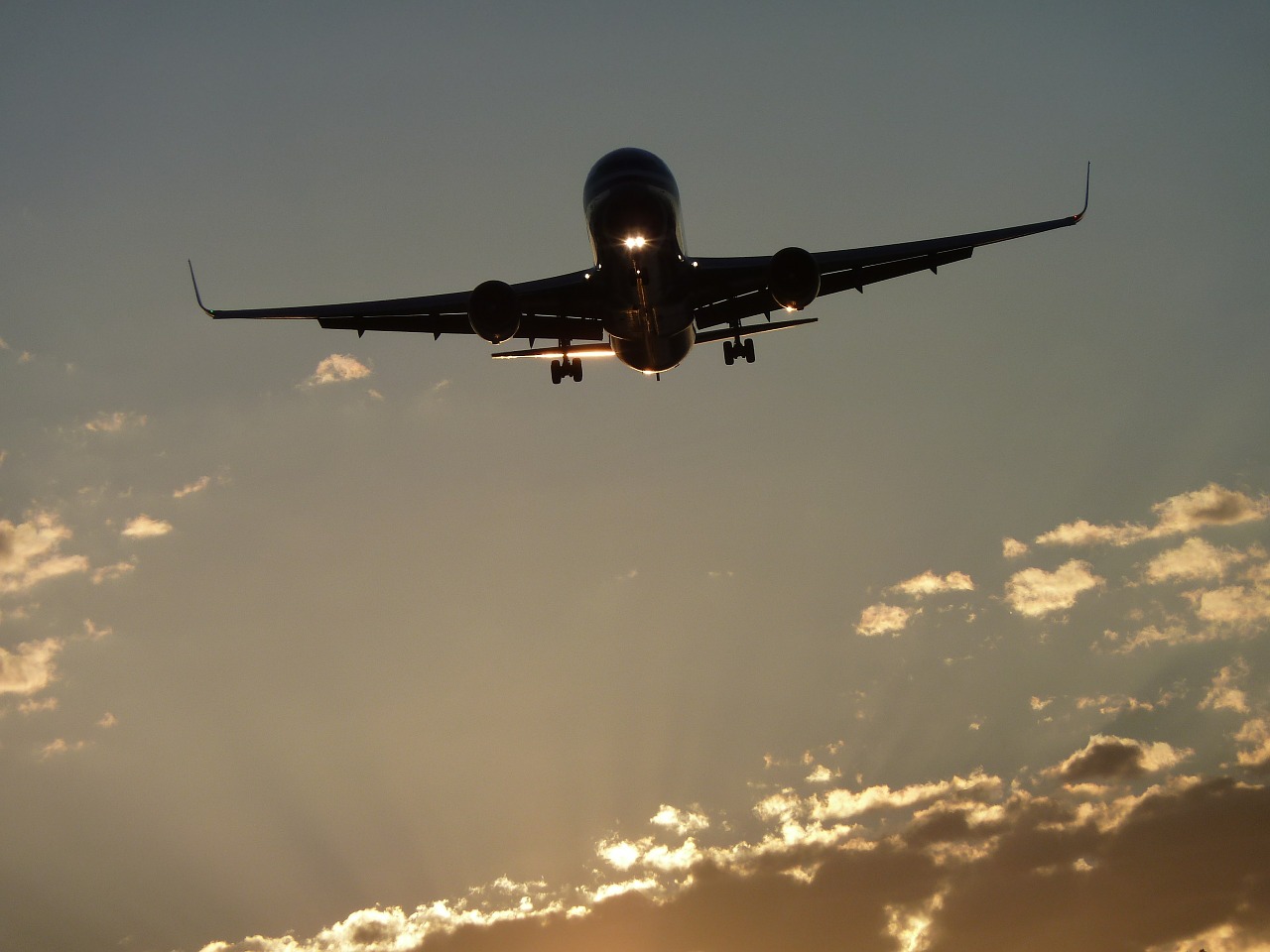Wondering about the world’s top five OEMs in the commercial aircraft market? ResearchandMarkets has released a report with details.
According to ResearchandMarkets, the top five OEMs are:
- Airbus
- Boeing
- Bombardier
- Embraer
- ATR
The Global Commercial Aircraft market continues to be on a roll in one of its longest aviation super-cycles being driven by strong tailwinds with strong demand drivers for air traffic growth, supply-side factors in form of introduction of re-engined aircrafts offering enhanced operating economics and multiple, favorable macroeconomic factors boosting air travel across most key parts of the world. The same has created a huge order backlog for the industry which is likely to translate into significant top-line growth potential for the entire aviation industry value chain over the next decade.
Next-gen tech plays a role
Next generation aviation turbofan engines, featuring a high bypass ratio and extensive usage of technological innovations have just entered service over the recent years. The industry has just seen the Entry into Service of three new aircraft programs in 2018, led by, Boeing’s 737 MAX 9, Airbus A321 LR and Embraer’s E190-E2. However, the spotlight in 2019 is going to be on the Boeing’s 777X program which is scheduled to undertake its maiden flight in 2019 powered by the GE 9X, the largest commercial turbofan engine ever.
A look at 2018
2018 turned out to be another good year for commercial aviation with both Boeing & Airbus producing aircraft at frenetic rates to airlines customers. Boeing & Airbus delivered a record total of 1606 aircraft collectively in 2018 with the U.S. giant’s tally of 806 staying marginally ahead of Airbus’ 800.
The order intake for new aircraft across OEMs has remained strong in 2018 with the combined order intake across Airbus & Boeing pegged at 1600+ aircraft for 2018 indicating that the current aviation boom cycle is holding strong with sustained demand from airlines for new aircraft. Airlines profitability continues to be strong despite the volatility in global crude oil prices & slowing down of the world economic growth from the ongoing trade wars with the forecasts for 2019 indicating that it is likely to be the tenth consecutive year of strong profitability for airlines translating into another windfall year for MRO providers and the aircraft OEMs.
Rivals
The traditional, long-standing rivalry between Boeing and Airbus has gone to the next level with Airbus having gobbled up the C-Series program from Bombardier having rechristened it as the highly versatile A220 and Boeing in final stages of forming a business combination agreement with Embraer’s commercial aircraft business which really lacks a modern, scratch up 21st century design aircraft, like the A220.
However, Boeing faces a serious set of problems to deal with than its much more comfortably placed arch-rival with the grounding of global 737 MAX fleet over MCAS issues post two fatal aircraft crashes which pose a serious threat to Boeing’s top line & financials going forward with reduced production rates & the possibility of potential legal damages over lawsuits, emergence of quality issues over the deliveries of the recent KC-46A tanker deliveries to the USAF and lastly the Trump initiated U.S.-China trade war is likely to sway the world’s largest & fastest growing aviation market further towards Airbus which already has a substantial industrial presence in the country. Boeing has a big & difficult task at hand in addressing these critical issues as well as challenges carefully to the satisfaction of the stakeholders involved given that it’s 737 order backlog is worth almost 7 years of production and half a trillion dollars in value.
Evolving tech implications
The technology landscape across industry, too, is evolving radically with the development of hybrid-electric propulsion technologies for commercial aircrafts; aimed at reducing CO2 emission levels drastically while scaling down operating costs substantially; likely to become a functional reality by the middle of the next decade with multiple industry teams across the globe laser-focused on pursuing R&D on the electric propulsion technology which necessitates radical improvements in current generation battery technologies.
The evolution of the Urban Aerial Mobility (UAM) is likely to provide a new battlefront for the traditional Airbus-Boeing rivalry to unfold going forward with both aviation giants looking to capture a share of the highly lucrative growth pie. The developments on the UAM front are also likely to provide a significant push to development and commercialization of a range of game-changing aviation technologies. The industry, however, is also gearing up for the age of disruptive technologies, led by digitalization, additive manufacturing, unmanned and optionally manned operating capabilities and artificial intelligence, for making the most of this current phase of demand upswing.
Download the full report
Against this dynamic as well as rapidly evolving industry and market landscape, the 2019 edition of this report provides a comprehensive & holistic analysis of the overarching strategy focus across these Commercial Aircraft OEMs and insights into the key strategies & plans being conceptualized, developed & pursued by them for the near to medium term horizon to navigate their way through the environmental challenges marked by trade wars & a slowing world economic growth while looking to drive growth for themselves in a booming phase for the industry.
View the “World’s Top 5 Commercial Aircraft OEMs – Annual Strategy Dossier – 2019 – Airbus, Boeing, Bombardier, Embraer, ATR” report.

